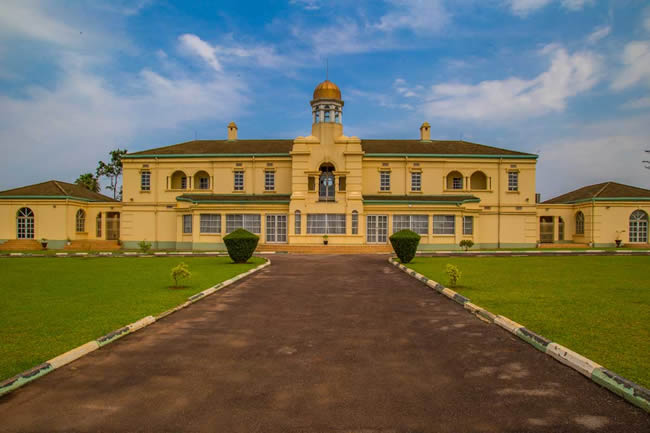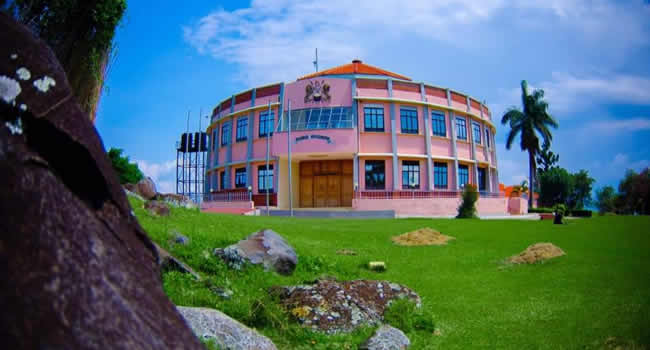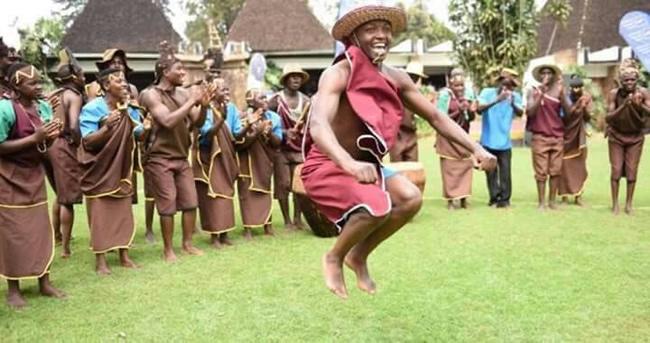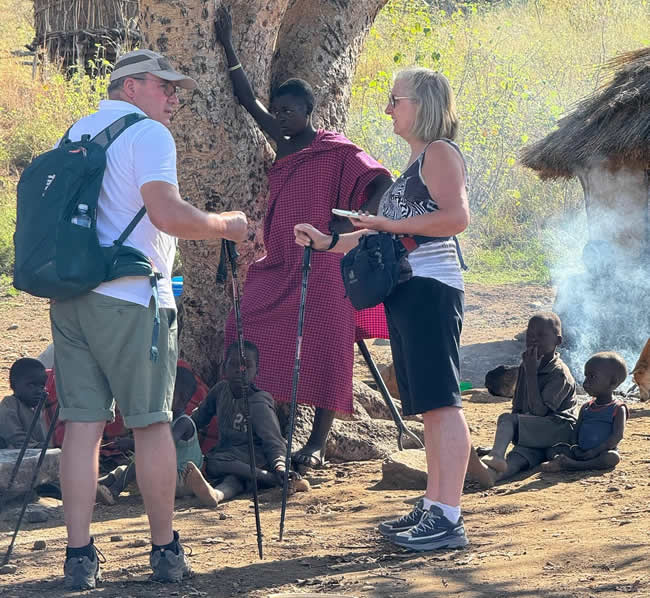There are more than 50 tribes in Uganda which are a mixture of different ethnic origins – Bantu, Hamites, Nilotics, and Cushite. All of these cultures have different traditions and customs which are an interesting feature of cultural Safaris in Uganda. Below are some of the most exciting cultures and tribes in Uganda.
- Buganda.

Buganda is one of the oldest kingdoms in Uganda, tracing its origin from the 17th century. Buganda has progressed on so many levels and has equally encountered and interfaced numerous challenges in its pursuits. It is a highly centralized kingdom having the Kabaka, as a title accorded to its king. Buganda has a rich culture and its traditions are rooted in hundreds of years of maintaining the same standards of cultural identity. It is settled along the Great Lakes region of Africa on the shores of L. Victoria.
In Uganda, this kingdom is situated in the central part and it sits north of Lake Victoria and south of Lake Kyoga. The staple food for Baganda is matooke (bananas). The matooke is largely grown in majorly greater Masaka i.e., Masaka, Rakai, Mpigi, Luweero, Nakasongola, and Mityana districts. The kingdom has interesting sites such as the King’s palace located in the uptown suburb of Mengo, Lukiiko building, Masiro where the Kings, Queens and other Buganda royals were buried.
There is so much to learn about the Buganda cultures, such as the traditional dressing of gomesi for women, and kanzu for men, their beautiful language – “Luganda”, local herbs, folklore, music, dance and drama, art and craft, and so much more.
- Bunyoro / Tooro.

Bunyoro is the oldest kingdom in the present-day Uganda. Historically, it was once an empire and it is after it’s disintegration that the rest of the band two kingdoms came up to formation within the Great Lakes region of East Africa. It equally stands as one of the kingdoms with the greatest composition of distinctions in culture and traditions. Just like the rest of the kingdoms in Uganda, its supreme leader is king locally known as the “Omukama.”
It has famous historical sites such as the kingdom Palace known as Karuzika, located at Mparo in Hoima city, the site where the great battle by the great Omukama Kabalega happened on the outskirts of Hoima, earth works that led to the districts of Luweero, Nakasongola and Mityana, which were used as escape routes of kingdom’s warriors during their wars with British colonialists.
Besides all these, there is more to learn about Bunyoro including their language known as Runyoro, local music, dance and drama, riddles and local tales, how bark clothes are made and the local way of making weapons out of stones and iron.
Tooro tribe closely follows in, and has the unrivaled similarity with Bunyoro; in language, dress code, most customs and other cultural traits. Batooro people are located mainly in Kyenjojo, Kyegegwa, Kamwenge and Kabarole districts.
Bugisu.

It’s a tribe in the far Eastern side of Uganda, and are the historical inhabitants of Mount. Elgon ranges. They are alternatively known as “Bamasaaba” a name they attained from having stayed along the slopes of Mt. Elgon, a mountain they refer to as “Masaba.” Their traditional tale of origin is interesting and tourists have it as a starting point of learning about their beautiful origin. They have one of the most unique custom of male circumcision that is rare to come by elsewhere.
Male circumcision, locally known as “Imbalu” is escorted by the energetic “Kadodi” dance, happening every even year. Bagisu culture has got much interesting traits than other cultures that visitors should experience such as their delicious food – Malewa, which is harvested from the shoots of bamboo plants which grows on the lower Mt. Elgon ranges. Traditional folklore and other customary structures are amazing features altogether.
- Banyankole.

This tribe is situated in southwestern Uganda. They are prestigiously known as cattle keepers and Ankole is the home of majestic long-horned Sanga cows. They are allegedly believed to be among the Hamitic ethnicity in northern and eastern Africa. Some of the sub-tribes here include Bahima; how much physical similarity with the inhabitants of the Horn of Africa.
They are mainly known for consuming milk and butter although they also carry out subsistence cultivation. While visiting this area, the chunks of land covered with cattle farms and ranches are visible. Just like the other 50 or so tribes in Uganda, the language is so unique. Ankole tribe also has distinguishing cultures and customs ranging from amazing folklore, traditional dance and drama, art and crafts, distinct mode of house construction, beliefs and clothing/fabric. Their culture is extremely unique.
- Karimojong.

It sits on the furthest North Eastern corner of Uganda, bordering Kenya and South Sudan. They are generally a herding community and have their Zebu cattle as a sacred symbol of identity. The Karimojong people are a Nilotic tribe with origins from the great Northern Africa and their tribal name has symbolism with a statement “the old men sat down.”
This pre-dates to the time their first travelers sought to migrate from the furthest dry lands of Northern Africa, into semi-arid corridor of East Africa. Because of the environment in which they thrive, they opt to practice nomadic pastoralism. They have a rare language and unique customs such as marriage celebrations, feeding traits, dressing, residence structure, leadership, and their dancing style which includes jumping to unimaginable heights, when coupled with their ordinary heights. Whenever a tourist chooses to visit Kidepo Valley National Park, they should interest themselves in the Karimojong culture too.
When to visit Uganda for cultural exploration?
There is generally no specific time to carry out cultural expeditions in Uganda which therefore gives visitors an all-year-round cultural safaris experience in the pearl of Africa.
